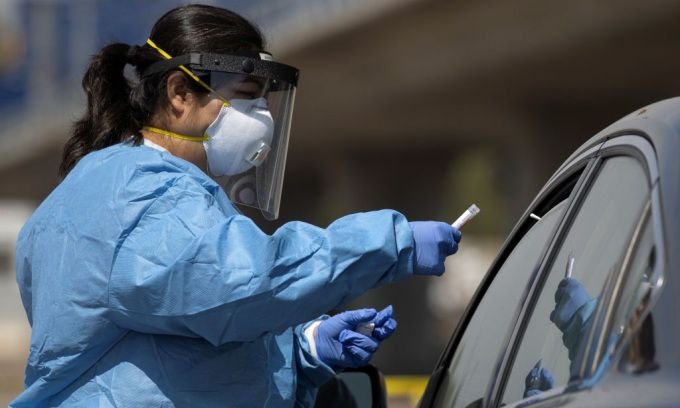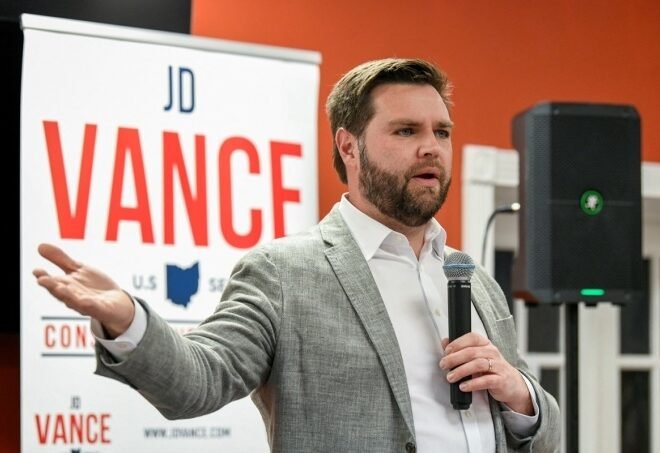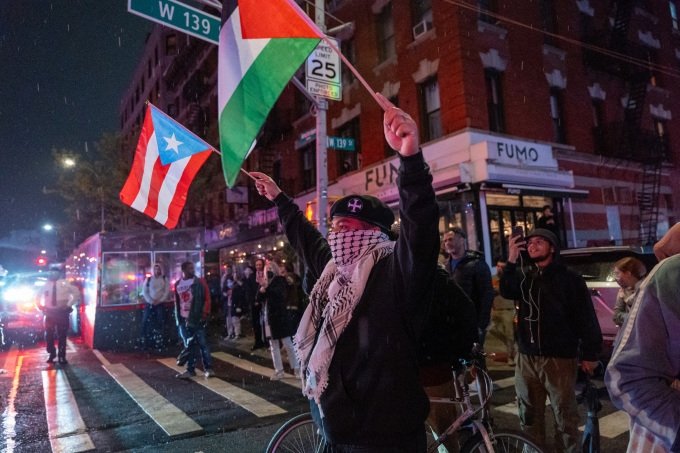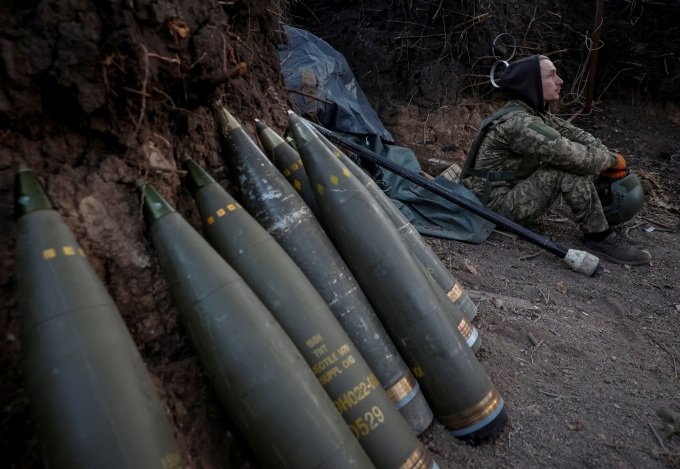
California’s tracing army is powerless against Covid-19
Contact tracing is a key work in the health strategy to control Covid-19.
At the end of May, Californians, USA, lived in a joyful mood, when the state was considered a model of success in the fight against Covid-19.
California at that time built a tracing army of 10,000 people across the state, even some counties like Santa Clara even recruited more than their quota of teams specializing in tracing the whereabouts of the virus.
However, just 2 months later, California witnessed a new wave of Covid-19 outbreaks when it reopened, becoming a new epidemic hot spot in the United States.
`Contact tracing with the current level of nCoV spread is much more difficult. The tracing program we have built is not based on this level of infection,` Ghaly said on July 14.
Limited testing capacity and delayed notification of results also seriously delay the process of contacting new cases and close contacts.
Medical staff take samples to test for nCoV at a mobile station in San Diego, California, on June 25.
Even in Santa Clara, where more than 700 contact tracers were mobilized, three times the state’s minimum recommended level, health officials were confused.
`I think the system certainly works in the best of settings. However, we have a lot of work to do to get there in Santa Clara County,` Rudman said.
Meanwhile, many other localities in California, such as Alameda County, are still far from the minimum staffing target for contact tracing set by the state government.
`The recent spike in cases has made the job even more challenging. However, we are increasing recruitment to find more manpower to carry out this task,` Alameda County spokeswoman Neetu Balram
California State Sen. Steve Glazer pointed to a lack of data on the effectiveness of contact tracing across the state as also a barrier as case numbers are rising.
This congressman said that the entire state of California and most counties did not count how many people contacted the tracing team within 24 hours, the `golden time` set by the US Centers for Disease Control and Prevention.
Glazer also complained that the government did not provide data collected from cases that could be useful in assessing risk to the community.
`We don’t have any data to understand the situation. Without that information, we cannot expect to contain the virus,` Glazer said.
Doctors also expressed concern about cases and contacts not being contacted by contact tracing teams, and the lack of information about the effectiveness and benefits of this work.
Rudman said last week that the tracing team in Santa Clara County had contacted `about 70-75% of all cases and 65% of contacts,` adding that `the majority were contacted within 48 hours.`
Perry Halkitis, dean of the department of public health at Rutgers University, USA, said the number of subjects that need to be traced for each type of disease is different.
Gonzalo Riccombeni, a tracer in Santa Clara County, said everyone he contacted was cooperative, but testing capacity and waiting time for results was another `obstacle.`
Laboratories across the country say the time to conduct tests and return results has doubled, making it possible for testers to only know whether they are infected with nCoV or not after a few days, sometimes more than a week.
Despite a series of obstacles, health experts still evaluate contact tracing as the most effective tool to contain the pandemic, creating conditions for businesses and schools to reopen, adding that the Covid-19 wave
`The pandemic spread not because contact tracing failed, but because people acted as if the epidemic had passed,` Halkitis opined.
Californians at the end of May enjoyed many long holidays and crowds flocked to the streets and beaches to gather and have fun as usual, even though Covid-19 had not disappeared.
`The actions of people and businesses create huge opportunities for the virus to spread, and it shows how quickly we can lose all the progress we have made,` said Anne Rimoin, professor of epidemiology


